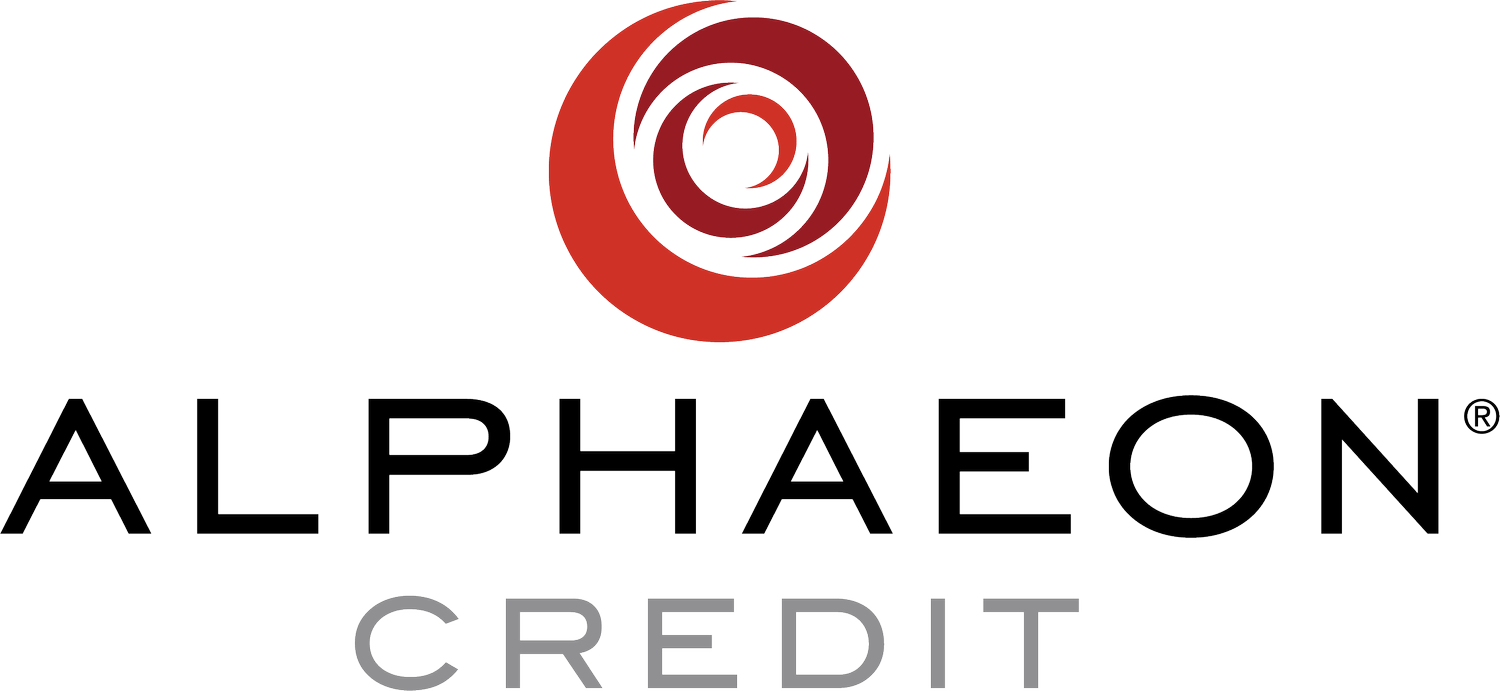Credit Card or Loan? What's Best for Your Practice
Revolving Line of Credit vs. Installment LoanWhat’s the best choice for your practice?
To begin, what’s the difference?
While revolving lines of credit and installment loans provide patients with a way to pay for procedures, treatments, and services over time, there are differences that may convince you to offer one over the other.
A revolving line, like Alphaeon Credit, offers patients a line of credit that can be used repeatedly at any location that accepts that particular type of credit. This line of credit has a credit limit and the patient can repeatedly spend up to their individual credit limit. The limit is based upon the patient's personal credit history, debt to income ratios, and the bank’s willingness to lend. Purchases reduce the patient’s available credit, and as the patient makes payments to pay off their balance, the credit limit increases, making funds available for purchases.
Comparatively, an installment loan is for a one-time use where consumers borrow a set amount of money and pay it back over time, often with fixed monthly payments. Like revolving lines of credit, the approval for the loan is based upon the patient's personal credit history, debt to income ratios, and the bank’s willingness to lend.
What’s best for my practice?
Revolving Line of Credit Benefits
Patients May Return More Often and Spend More: There is a reason retailers offer a “private label card”, a card branded with the store’s name. Providing a dedicated line of credit increases the customer’s lifetime value. Customers with the card return more often and spend more than those without the card.
If you want patients or their family members to return to your practice for additional procedures, treatments, or services, a revolving line of credit makes that process easy as the patient doesn’t need to reapply every time they make a purchase. They simply use their revolving line of credit. Cost concerns are reduced because the patient knows they can split the payments up over time often with deferred interest. As they pay the balance, more funds are made available for subsequent purchases.
In addition, the companies offering revolving lines of credit often market your practice to existing cardholders encouraging them to return and reuse their card. The only caveat is there are two many places where the card can be used, you may find that when your patient returns, they have used their available line of credit somewhere else. Alphaeon Credit is only offered in 4 medical markets, so this is less of a concern.
Patients Get Approved and Schedule Faster: Installment loans tend to ask for more information to complete an application or require more paperwork. No one will pretend that patients seek your practice out solely based upon your acceptance of that credit card, but patients may also schedule faster because the cost barrier has already been removed and deferred interest options are available.
Patients Appreciate Deferred Interest: Understandably, the most popular plans for any elective medical procedures or treatment not covered by insurance is a deferred interest plan. For many patients, this can be a smart move, as these plans allow them to pay over time with no interest as long as they pay off the balance in full by the end of the promotional period.
You may have heard that millennials don’t want another credit card. However, that assessment isn’t exactly accurate. A better statement would be that Millenials want credit cards that meet their needs without a lot of bells and whistles including not charging an annual fee and offering no or low interest options1. Healthcare revolving lines of credit meet these requirements.
Installment Loan Benefits
Patients Can Finance Procedures over $32,000: Installment loan banks finance pricier procedures, specifically, in excess of $32,000. This is because their risk is reduced for a one-time loan and interest is usually charged.
Patients May Have Access to Longer Terms: Most revolving lines of credit offer up to 60 months of payments with interest, however installment loan providers sometimes offer up to 84 months of payments with interest. This equates to a lower monthly payment for patients, however, patients may be less likely to return when they are still paying off their last procedure or treatment for seven years.
Patients Don’t “Roll Out” of their Promotion: Practices offering revolving lines of credit usually offer deferred interest plans. All patients are attracted to these special financing offers, including those who could pay in cash. As mentioned earlier, it’s a smart move and an extra incentive to schedule today. However, these deferred interest plans require a patient to pay off the entire purchase amount within a specified time period to avoid paying retroactive interest. While the vast majority of patients pay within their promotional period and greatly appreciate the ability to finance over time with no interest, some miss their deadline and incur interest fees as a result. The best way to overcome this hurdle, if you offer revolving lines of credit, is to educate your patients on the importance of paying off the entire balance before their promotional period expires.
Conclusion
When evaluating your patient financing options, it makes sense to look at the types of procedures or treatments you offer. If the majority of your patients are spending $30,000, or $40,000 and need longer terms, installment loans make sense. However, if the majority of your patients are spending less and they appreciate deferred interest, then revolving lines of credit are the best choice.
1https://thefinancialbrand.com/113048/millennials-credit-cards-rewards-points-myth/


